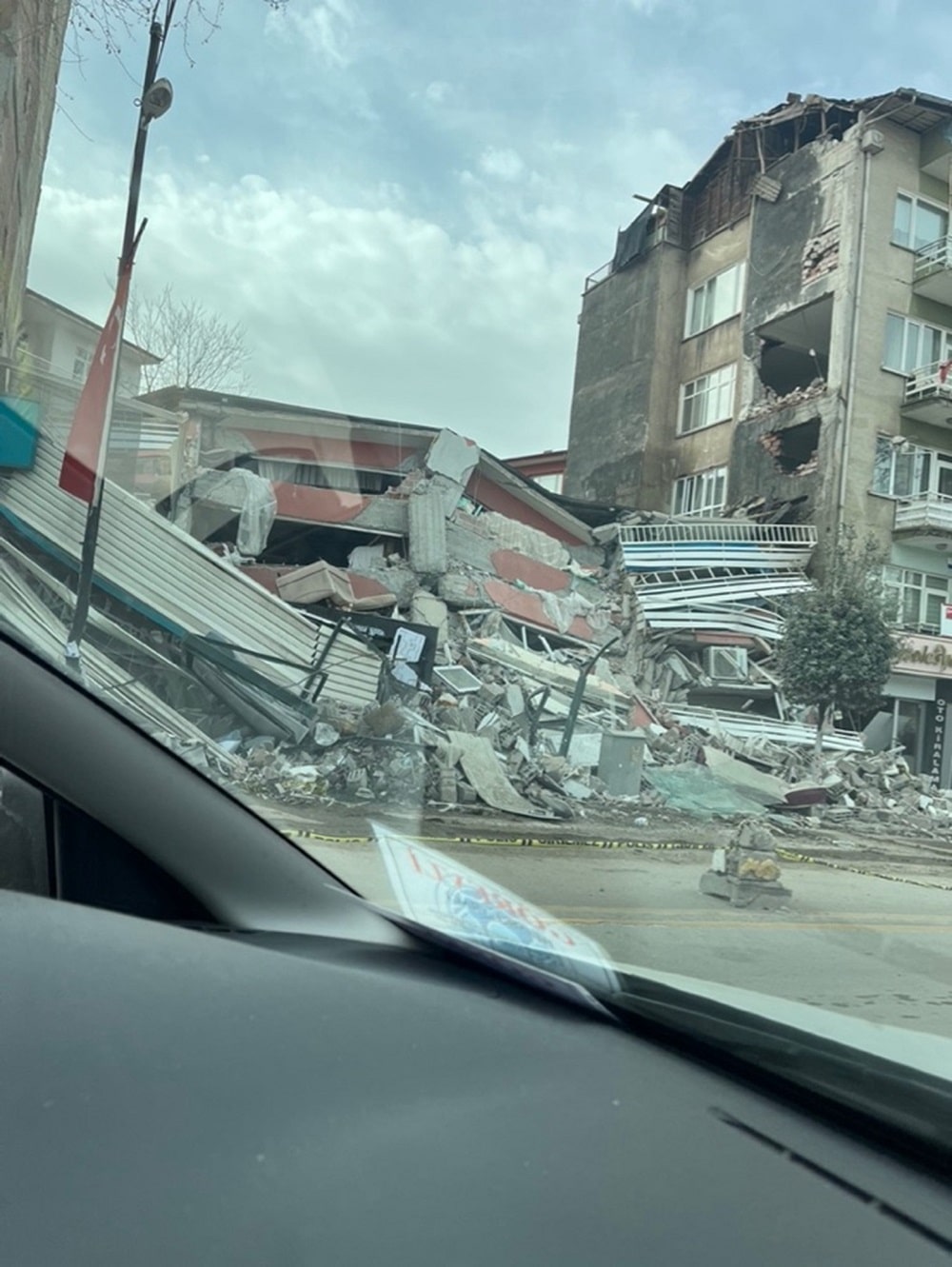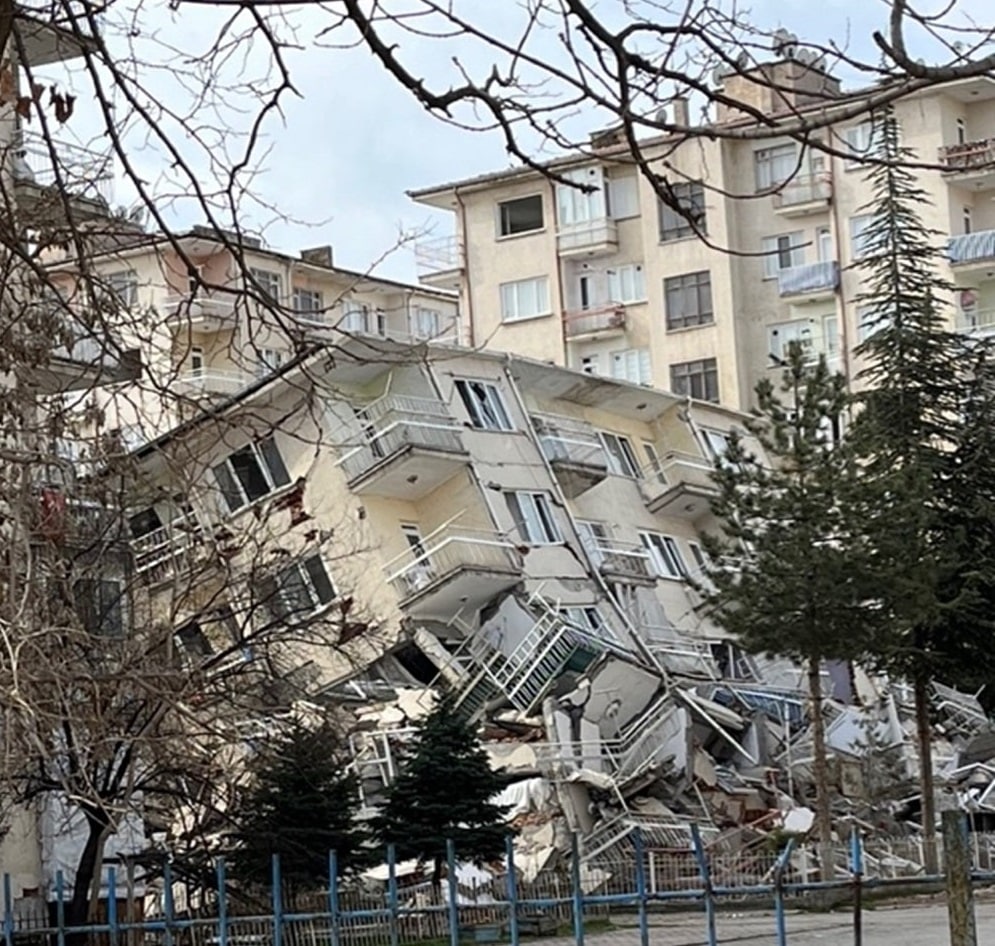By Mustafa Mahamid, Brindley Engineering, Structural Engineering Consultant
Welcome to part 2 of a 2-part series by one of Brindley Engineering’s subject matter experts in concrete reinforcement. In Part 1 of this series, the focus was on the buildings that were built before the year 2000, which were based on older codes. In Part 2, we continue to discuss the performance of the buildings that were constructed before the year 2000 to present additional failures.
Two large earthquakes with a moment magnitude of 7.7 and 7.6 hit eastern Turkey (Türkiye) and north Syria on February 6, 2023. The epicenter of the first earthquake was Kahramanmaraş-Pazarcık, where the second was in Kahramanmaraş-Elbistan. Their effect extended to 11 provinces in southern Turkey causing massive collapses and damage to buildings, bridges, airports, ports, retaining structures, hydraulic structures, lifelines, etc.
More than 100,000 buildings collapsed or were heavily damaged.
Key Observations (con’t)
Among the various failure modes observed, soft story and/or weak story were dominant in many buildings. Soft story failure mode occurs when the stiffness of one story is less than the stiffness of the story above by 70% or less than 80% of the average stiffnesses of the three stories above per the current US codes.
Weak story is the type of failure that occurs when shear strength of one story is less than 80% of the shear strength of the story above. A collapse in the first story was observed in many buildings as shown in Figure 1 (above). It is obvious that this issue, which is a design issue, was not considered during the design phase. Figure 2 (below) shows another example of soft story/weak story collapse which results in what is known “pancake” collapse.
More From This Series:



0 Comments